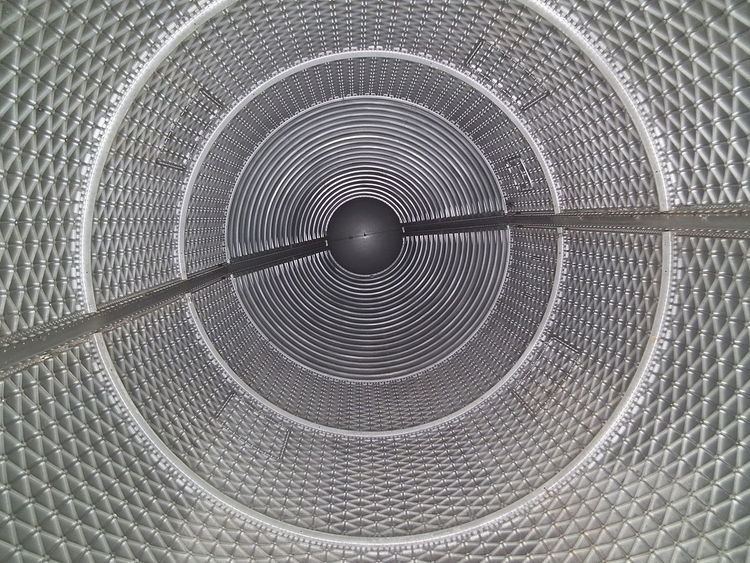Website ISRO website | Operator ISRO Mission duration 1,084 seconds | |
 | ||
Spacecraft | ||
PSLV-C5 was the fifth operational launch and overall eighth mission of the Polar Satellite Launch Vehicle program. This launch was also the fifty-second launch by the Indian Space Research Organisation (IRSO) since its first mission on 1 January 1962. The vehicle carried and injected India's remote sensing satellite Resourcesat-1 (also known as IRS-P6) into a sun-synchronous orbit; this was the heaviest and most sophisticated satellite built by IRSO through 2003. PSLV-C5 was launched at 04:52 hours Coordinated Universal Time (10:22 hours Indian Standard Time) on 17 October 2003 from Satish Dhawan Space Centre.
Contents
Mission highlights
PSLV-C5 was the fifth operational and overall eighth mission of the PSLV program. The vehicle carried and injected the heaviest and most sophisticated remote sensing satellite built by the ISRO through 2003, Resourcesat-1 (also known as IRS-P6).
Mission parameters
Payload
PSLV-C5 carried and deployed the ISRO's Resourcesat-1 (a.k.a. IRS-P6) into a sun-synchronous orbit. Resourcesat-1, which carried three cameras ("High Resolution Linear Imaging Self-Scanner", "Medium Resolution Linear Imaging Self-Scanner" and "Advanced Wide Field Sensor") was the tenth ISRO satellite in the IRS series and was intended not only to continue the remote sensing data services provided by IRS-1C and IRS-1D, but also to enhance the data quality. Although IRS-P6 had a design life of five years, the satellite was still operational as of October 2015.
Launch and planned flight profile
PSLV-C5 was launched at 04:52 hours Coordinated Universal Time (10:22 hours Indian Standard Time) on 17 October 2003 from Satish Dhawan Space Centre. The mission was planned with pre-flight prediction of covering overall altitude of 827 kilometres (514 mi). The flight profile was as follows:
